(November 2008)
Like most histories, this one properly begins at a place and time much earlier than the subject scene, the founding of Hearst, Ontario. It begins in Varbitsa, a small town about sixty miles west of the Black Sea, on one side of the Stara Planina Mountains, Shoumen District, Bulgaria. And it begins just after the 19th- had rolled into the 20th- century. For in 1907 Dimitri Radev Chalykoff, my great-Grandfather, emigrated with two of his countrymen, Slavko Drajanoff and Mr. Drajkoff.
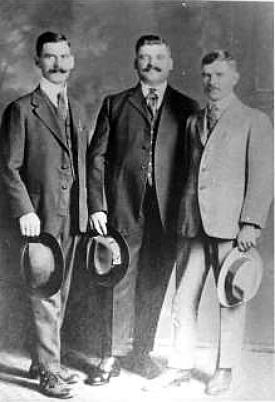
Fig. 1, Mr Drajkoff, Slavko Drajanoff, Dimitri Chalykoff, Circa 1907, probably Montreal.
According to family lore, the offer for the Eastern European immigrants of that time was to come to Canada and work for two years on the railroad to gain eligibility to become British subjects – the then equivalent of Canadian citizenship.
Apparently, there were so many Bulgarian men working on that section of the Algoma Central Railroad that it was named the Sov Line in honour of General Sov, a Bulgarian who helped liberate his people from five hundred years of Ottoman rule.
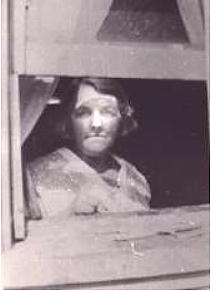
Fig. 2, Neda Nicolaeva Chalykoff, circa 1940
Around 1909, on completing the two years of mandatory labour the men were free to seek their own way within Canada. Dimitri settled in Cochrane, Ontario, where, according to his eldest son, Rod Chalykoff (1913-2002), Dimitri opened and operated a bakery. This would not have been out of keeping as the Chalykoffs had been publicans, merchants, and farmers in Bulgaria. During the year 1912, Slavko Drajanoff returned to Varbitsa to collect both his own and Dimitri's wife (Neda Nicolaeva 18xx-1960) and their six-year-old daughter, Neda (1906-2000).
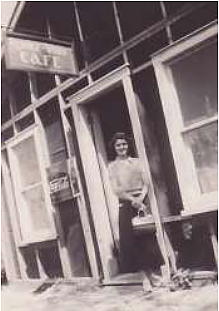
Fig. 3, Neda Bourdon, nee Chalykoff, circa 1925
In 1913, in Cochrane, my grandfather, Rod, was born. That same year the Chalykoffs moved to Hearst where they opened the store that was operated by the family for just over a half-century. I remember visiting it in about 1965 as a six-year- old boy. It was a classic old-style store with wood strip floors and raised wooden islands full of clothing. The office was in the back right corner and my grandfather, Rod, had two hunting rifles mounted high on the wall.
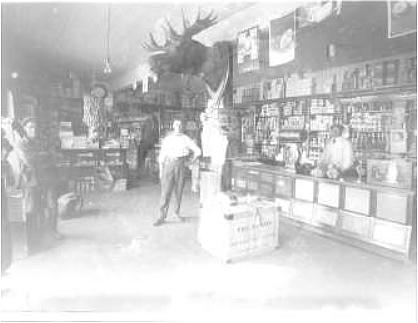
Fig. 4 The Store circa 1920: a shopper, Todor and Mr. Lafond the butcher.
At the outset the business was operated by the three immigrants as Chalykoff, Drajkoff & Drajanoff, clearly a catchy name. The partnership didn't last long though the dates of division are not known. Drajkoff went back to Bulgaria while Drajanoff opened a butcher shop on Front Street. Drajanoff must have remained in Hearst for some time as all four of his children were born there: Mary, 1913; Stella, 1915; Nick 1918; and Jean, 1929. Sometime after the birth of Jean, the Drajanoffs moved to Geraldton where Slavko (known in the community as "Draj") started BA Oil and a feed store. He died in 1949.
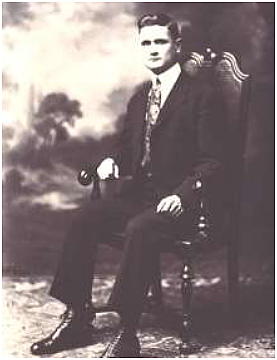
Fig. 5, Todor Radev Chalykoff, circa 1913, probably Montreal.
Dimitri Chalykoff had one older brother who had died at about the age of 21, Jakov. Dimitri was born in 1879 while the youngest of his brothers, Todor Radev (also known as Tony in Canada), was born in 1890. Todor followed Dimitri to northern Ontario in 1913.
Like the other Bulgarians, Todor worked in mines (Timmins) and on railroads (near Hearst). This work stopped when he contracted Rheumatic Fever in about 1916. He was treated by Dr. Kinsey and began working in his older brother's store as part of his recuperation. It was around this time that the name of the store became Chalykoff & Co. which is the name it retained for many years. While Dimitri appears to have been a talented entrepreneur, his youngest brother was a talented merchant and administrator. Again, family lore states that the brothers were of such differing personalities that working together offered many moments of noteworthy contrast. By 1937 Dimitri and Todor had agreed that Todor should buy the store and Dimitri moved to Val D'Or where he owned and operated the Princess Theatre and served as the first mayor of that town.
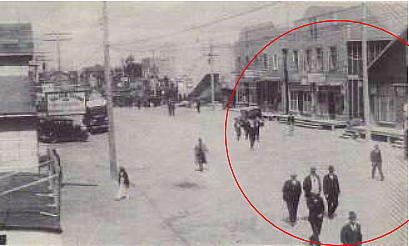
Fig. 6, Princess Theatre, Val D'Or, 1936.
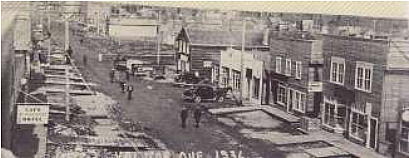
Fig. 7, Val D'Or, 1936.
Apparently the political life of a mayor suited Dimitri's style for stories related by family members state that when Maurice Duplessis, the Premier of Quebec for many years (Le Chef) was seeking votes he would sit down with Dimitri and negotiate simple deals: Mr. Chalykoff would corral the D.P. vote (displaced persons), and Mr. Duplessis would ensure Val D'Or had a proper water works built during his next term in office.
Meanwhile Todor Chalykoff's plans were changing rapidly. His goal, upon leaving Bulgaria, was to work in Canada to raise seed capital. He was then going to return to Bulgaria and open a business with the brother most like him, Penu. But Penu died very young after having a son, also named Penu (1912-1950). In 1926 Todor returned to Varbitsa to see his family. And again, Todor's plans changed.
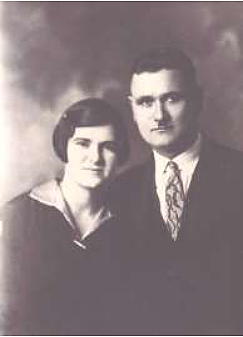
Fig. 8, Anne & Todor Chalykoff, 1926.
A priest in the village learned of the successful
Canadian shopkeeper's return and put Todor
together with Yanka (Anne) Ivanova Todorova
(1905-
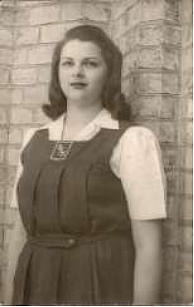
Fig. 9, Neda Chalykoff, Whitby circa 1945.
In February 1930, Anne gave birth to a daughter, Neda Anne, (the co-author of this history). She attended elementary school in Hearst all the while taking piano lessons from the nuns and Mrs. Fulton. Neda played the piano for the Hearst Public School Orchestra. When it was time to attend secondary school Neda went to the Ontario Ladies College in Whitby. After the family moved to Burlington in 1953, she attended a business College in Hamilton and worked as an executive assistant for many years.
In April of 1930, seventeen-year-old Penu (whose father, Penu, had died) arrived in Montreal aboard the Ascania. He travelled to Simpson Ave. in Toronto's Danforth area to live with his Uncle Dimitri's family. By that time Dimitri and Neda's family of four (Neda, Rod, Sanna (1914-2005), and Nick (1916-2003) spent winters in Toronto and summers in Hearst. Penu moved to Hearst and within the year Anne and Todor went from being a childless couple to be the parents of an infant and a seventeen-year-old nephew, despite the fact that Todor had already put funds aside, in Bulgaria, for Penu's education in that country.
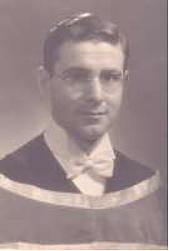
Fig. 10, Dr. Penu Chalykoff, c.1940.
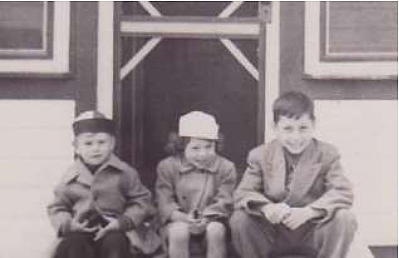
Fig. 11, Cyril, Sonya & Penu Jr., 1951.
Todor and Anne sent Penu to a boarding school in Monteith, Ontario where he and the principal's daughter studied for Grade 13. Penu would return to Hearst for the summers and work in the family store. Todor had hoped that Penu would take over the business when he retired, but Penu had other plans. Before long he informed his aunt and uncle that he had been accepted to Queen's University at Kingston to study medicine. He graduated around 1940 and married Ella Aubin, a doctor's daughter. Dr. Penu practiced in the Hearst area until about 1948 when he enrolled at McMaster University in Hamilton to study brain surgery. He died in his sleep of a heart condition while still studying in 1950. He left three children, Penu Junior, Sonya, and Cyril. The stained glass, gothic windows now in the St. Paul's St. Mathew's church were created in memory of Dr. Penu by his surrogate parents, Anne and Todor. Dr. Penu was buried in Hearst.
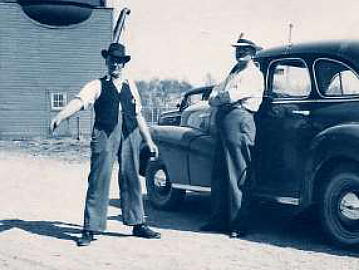
Fig. 12, Hubert Knipprath and Todor Chalykoff.
Meanwhile, Dimitri's daughter, Neda, married Romeo Bourdon, who owned and operated a pharmacy in Hearst for many years.
Todor was kept very busy with business in Hearst. As well as buying the building in which the store operated he expanded the business to include women's and children's wear.
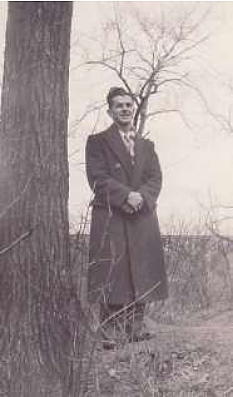
Fig. 13, Roderick Chalykoff, c. 1936.
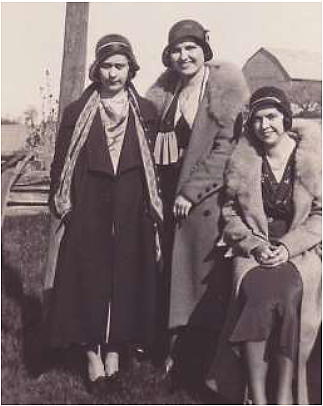
Fig. 14, X, Hazel Wanless, Y, U of T girls c. 1936.
In 1942 Todor, with partners Hubert Knipprath and Jim Patterson, went out west to buy three second-hand Caterpillar generators (these were difficult to find during war years). With these in tow, the partners started Hearst's first electrical utility. They also recruited the power man Fred Callewaert, to come to Hearst to run the generators. The powerhouse was just south of Alexander Street on 9th Street. In 1951 the partners sold the operation to Ontario Hydro, and also in 1951 Todor sold Chalykoff & Co. to Dimitri's eldest son, my grandfather, Rod.
Like his young cousin, Penu, Rod also had an eventful life. While he was singing in the church choir, in Hearst one afternoon, a group of University of Toronto girls walked in and one of them looked at Rod and said, "I'm going to marry that man." That woman was Hazel Wanless (1905-1988) of Caledon, Ontario, one of four daughters and two sons of Robert Wanless and Elizabeth Petch. One of the other girls was Dr. Margaret Arkinstall.
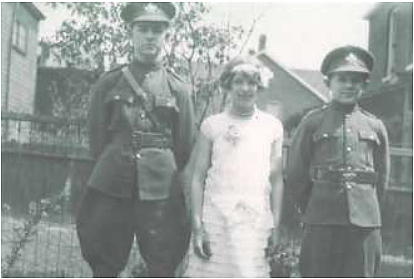
Fig. 15, Rod, Sanna & Nick Chalykoff, c. 1926, Toronto.
Rod and Hazel Chalykoff lived in Hearst, Toronto, and Montreal. Both Rod and his younger brother Nick had been military cadets in school so when WWII began, Rod was notified and signed up despite his age (twenty-seven), his wife, and his four-year-old son, Theodore (Ted) Roderick (b. 1936). After training at Camp Borden and further in Iceland, Rod, part of the Royal Regiment of Toronto, was assigned to London where he told me one of his first assignments was to help with the reclamation of wounded and dead from a bombed church full of women and young children. His unfortunate luck continued.
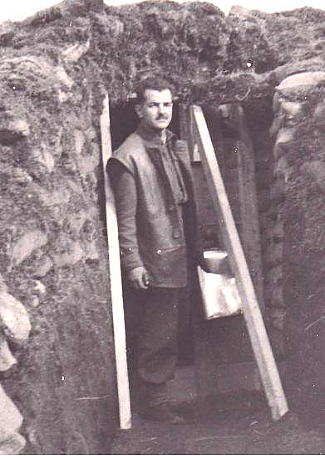
Fig. 16, Rod Chalykoff, Iceland, August 1940.
On 19 August 1942, Rod landed at Blue Beach in Dieppe, France. As he told me, "I wasn't a hero; I was one of the first on the boat so I was one of the last off. The Germans had fired so much ammunition they were almost out by the time I landed." Of course, what he didn't speak of was the carnage he would literally have waded through to get to shore. He was a P.O.W. for three years. He escaped and was captured three times – once swapping his identity with a dead Brit (Ronald Pickup of Blackpool) so he could be at liberty with a dead man's name. Presumably even the Nazis didn't hunt for dead men. While Hazel, Ted, and Dimitri knew he was a P.O.W., they were later informed that he was M.I.A., missing in action. At that point Dimitri collected Hazel and Ted from Hazel's work, on an Oakville estate, and moved them up to Val D'Or until the worst was known. Fortunately, Rod came back.
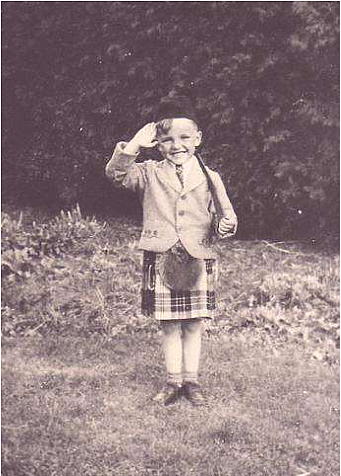
Fig. 17, "Teddy" Chalykoff Saluting, c. 1941, Oakville.
By the time his uncle, Todor, was ready to retire Rod was ready to buy the family business. Rod, Hazel and their son, Ted (who helped with the accounting), successfully operated the store from 1951 till it was destroyed by fire in 1967. I remember as a small boy living in Manitouwadge, Ontario, hearing on the morning radio that Grandpa's store had burned. I later learned my Dad had been phoned in the middle of the night.
However, the saga of the Chalykoff stores had two more twists. Ted, around 1962, ran a men's store in Sault St. Marie (The Squire Shop) that Rod and he had purchased. With capital and encouragement from Dimitri they also helped Nick, Rod's brother, buy a store in Wawa, Ontario. Uncle Nick's store, taken over by his eldest son Mike, was the last in the family and closed in the 1990s – a commercial chain that stretched most of a century.
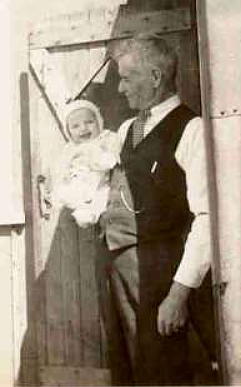
Fig. 18, Dimitri holding his eldest grandson, Ted, 1936, Val D'Or.
The original immigrant, Dimitri, died in Val D'Or in the spring of 1965 at age eighty-five – he was predeceased by his wife five years earlier. Todor retired to Burlington, Ontario in 1952 and lived a peaceful and less active life until his early death in March 1961 at age 71. His wife, my aunt Anne, the last of the Bulgarian immigrants lived in magnificent health and spirits until around late 2001 – by the spring of 2002 she was gone, aged ninety- seven years. I had the privilege of knowing her well and any debt owed for this history belongs to her and Rod – they both passed on knowledge and Anne acted as a conduit for information from our Bulgarian cousins, still in Varbitsa.
When the store in Hearst burned, Rod and Hazel followed their second child, daughter, Judi, to Toronto where she was at work on a medical degree. For years she practiced in Thunder Bay under her maiden name. People continued to ask her, decades after the family had left Hearst, if she was related to Dr. Penu Chalykoff. Similarly, Ted, my father, moved to Toronto to practice as an accountant with Noranda Mines. People in the mining industry would ask if he was related to Dimitri Chalykoff, long a speculator in gold mining. Both siblings had the same answer: indeed I am.